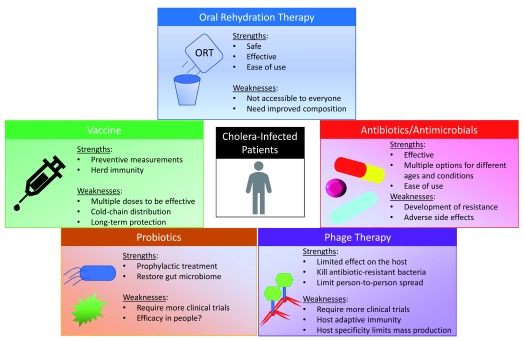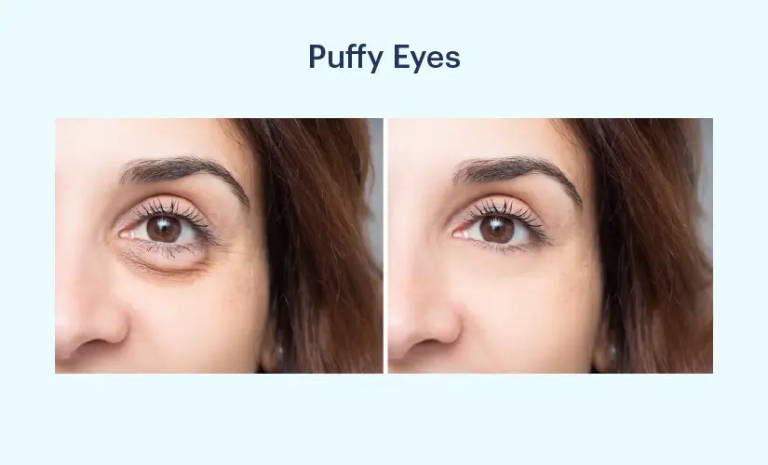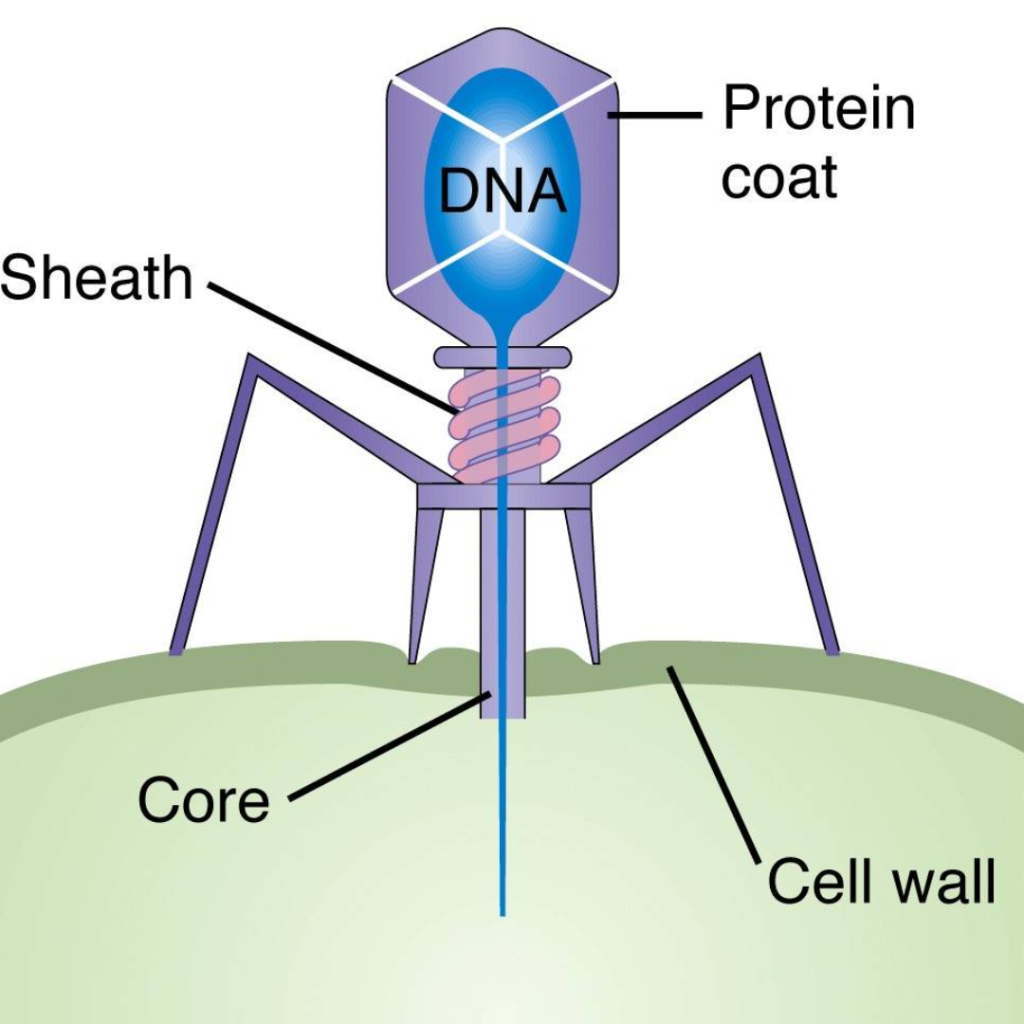TREATMENTS OF CHOLERA
If an individual has contracted Cholera, it is important for to get medical treatment as soon as possible.
Why seek medical attention as soon as possible
Cholera can be treated however, it is important to intervene quickly due to the nature of the disease as it can quickly result in high levels of dehydration which can be fatal. This is due to the rapid depletion of electrolytes and fluids within the body.
There are a few different ways to treat cholera. These include rehydration therapy and intravenous fluids (for treatment of the general symptoms), antibiotics and phage therapy (for the elimination of Vibrio cholerae bacteria).
Cholera treatment: Rehydration Therapy and Intravenous Fluids
Rehydration is the act of restoring the water content in the body back to its original water levels. Rehydration Therapy is arguably the most effective approach when it comes to replacing all the fluids that were lost due to endless amounts of vomiting and diarrhea. Rehydration therapy consists of ORS, intravenous fluids, and electrolytes.
Oral Rehydration Salts (ORS) is a pre-packaged powder that can be dissolved in bottled or boiled water. Sterilising the water through boiling it, is the safest route as it kills most microorganisms.
Any individual who shows minor symptoms can take ORS packets and should recover after a few days. If an individual has no access to an ORS, clean water may be used to rehydrate your body. However, it is best to avoid drinks with high amounts of sugar. Individuals who show extreme signs of dehydration are advised to take intravenous fluids.
It is imperative to continuously monitor patients under intravenous fluids as overhydration can occur if the patient is not being monitored properly. Puffy eyes is one of the first signs of overhydration. As it continues to develop pulmonary edema could occur.
Cholera treatment: Antibiotics
The main purpose of using antibiotics is to minimize the spread of the infection and to reduce the complexity of the sickness. There are a few antibiotics that have proven to be quite effective when dealing with Cholera, including doxycycline, azithromycin and tetracycline.
While antibiotics are helpful, there are a few caveats when taking them. V. cholerae O1 and O139 strains have evolved to the point where they have developed resistance to these specific antibiotics. Additionally, some individuals can experience hypersensitivity reactions to the antibiotics which, if not dealt with properly, may lead to life-threatening situations.
Another drawback is that they are ineffective against sicknesses which are caused by non-cholera infections. It’s important to take note of both the positive and negative effects of antibiotics when using them. As a side note, the antibiotic is meant for eliminating Vibrio cholerae, and not for ailment of the symptoms caused by the bacterium.
Cholera treatment: Phage Therapy
Phage Therapy uses of lytic bacteriophages (viruses that infect bacteria) to fix the problem of the rapid growing antibiotic-resistant bacteria. This involves replicating the phages, where their numbers increase directly proportional to the number of infected bacteria. These phages have a small effect on the resident microbiome and therefore keep the balance of important micro-organisms within the body. This treatment uses specific phages that target Vibrio cholerae, those phages being the ICP1, ICP2 and ICP3 bacteriophages.
Conclusion
Always remember to consult your health-care professional if you experience symptoms of Cholera. This will ensure proactive measurements and time-efficient treatments are taken to combat Cholera.
REFERENCES
Dunkin, M.A. (2010). Cholera. [online] WebMD. Available at: https://www.webmd.com/a-to-z-guides/cholera-faq (date accessed: 11 March 2025).
MAYO CLINIC (2022). Cholera – Diagnosis and treatment – Mayo Clinic. [online] Mayoclinic.org. Available at: https://www.mayoclinic.org/diseases-conditions/cholera/diagnosis-treatment/drc-20355293 (date accessed: 11 March 2025).
CDC (2019). Treatment. [online] CDC. Available at: https://www.cdc.gov/cholera/treatment/index.html (date accessed: 11 March 2025).
NATIONAL GUIDELINES FOR CHOLERA CONTROL. (2014). pp. 16-17, Available at: https://www.nicd.ac.za/assets/files/2014 SA Cholera Guidelines.pdf (date accessed: 11 March 2025).
Hsueh, B.Y. and Waters, C.M. (2019). Combating Cholera. F1000Research, [online] 8(1). doi: https://doi.org/10.12688/f1000research.18093.1 (date accessed: 11 March 2025).
CARE Hospitals. (2025). CARE Hospitals. [online] Available at: https://www.carehospitals.com/symptoms/puffy-eyes (Accessed 11 March 2025)




